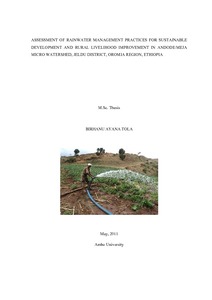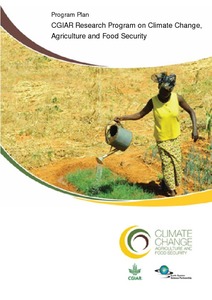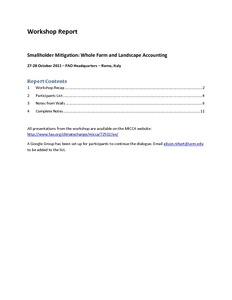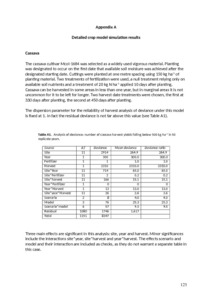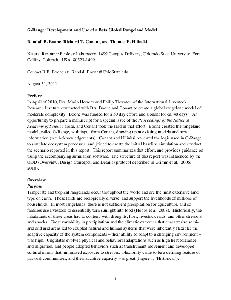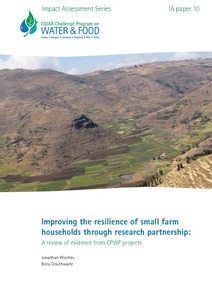Assessment of rainwater management practices for sustainable development and rural livelihood improvement in Andode/Meja micro watershed, Jeldu district, Oromia region, Ethiopia
Poor rainwater management (RWM) and a resultant problems of land degradation, low agricultural

